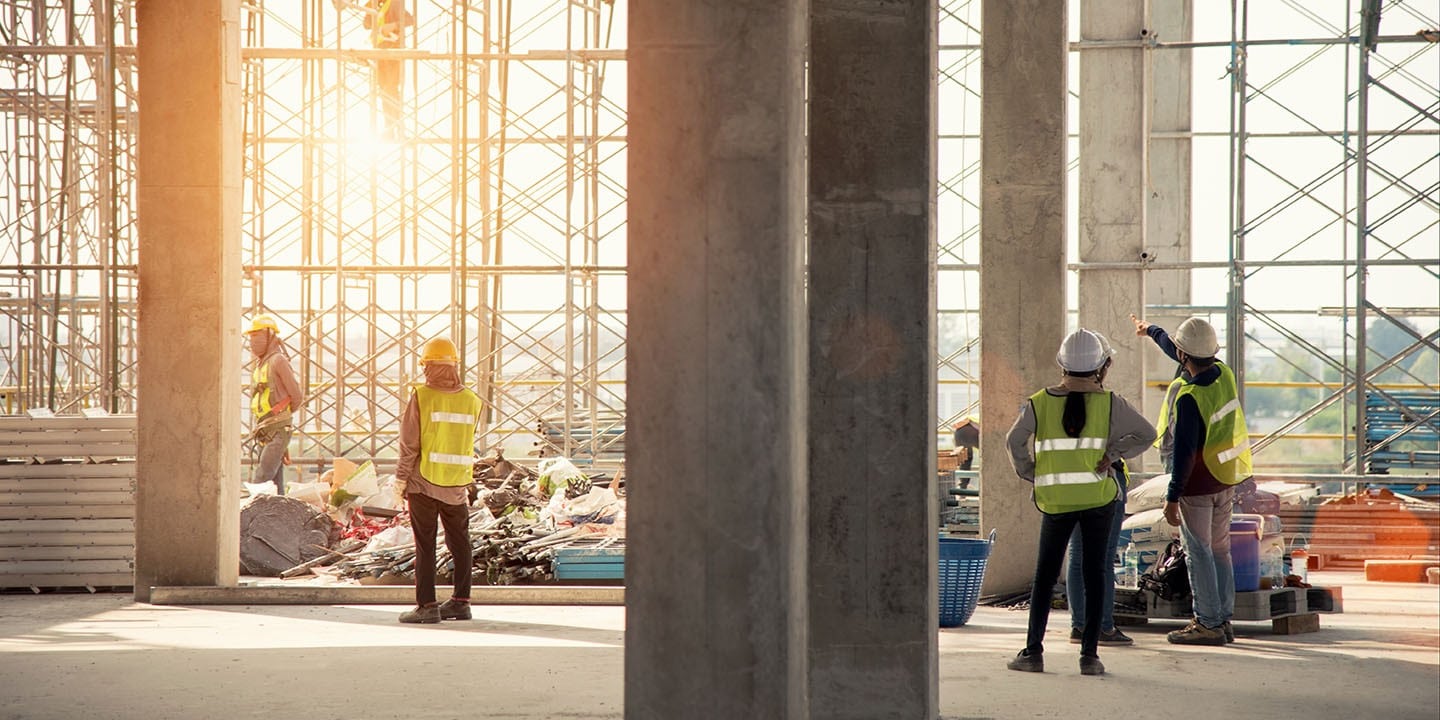The word defect has more than one meaning. A defect in everyday speech is not necessarily the same as a defect in a construction project. In a construction project where the parties use the AB 04 or ABT 06 agreement, defect is defined as non-conformance which entails that a part of the construction project has not been executed at all or has not been executed in accordance with the contract. A building may have serious “defects” but this does not necessarily mean that there are defects in the construction project.
Inspection is used to determine whether a defect exists. The inspection is carried out by a suitable person appointed by the construction client or a person appointed jointly by the parties. There are, of course, several types of inspections and the most important of these is the final inspection, which takes place when the construction project has been completed. However, this article will focus on the pre-inspection. It’s a type of inspection that isn’t always used in construction projects but given its advantages, perhaps it should be used more often.
The pre-inspection procedure is regulated in Chapter 7, § 1 of AB 04 and ABT 06. It must take place during the construction contract period and relates to work performed, not the construction project as a whole.
Pre-inspection can be used if:
- work after completion of the construction project is not, or cannot be made, accessible for inspection without substantial intervention;
- rectifying defects in work after completion would be a substantial inconvenience to the party;
- the construction client begins using work before completion; or
- there are other special reasons.
The purpose of the pre-inspection is to clarify the issue of whether there are defects in the part of the construction project which is being inspected. The advantage is particularly clear when inspecting those parts of the construction project that will not be accessible for inspection at the final inspection. This could be, for example, a part of the construction project that is buried underground, embedded in a floor, or built into a wall or ceiling. If there is a defect, that part of the construction project remains accessible for rectification. Waiting until the final inspection to determine whether there is a need for rectification can be very costly. In a 2018 Supreme Court decision that has come to be known as the Embedded Pipes Case (NJA 2018 p. 653), the Court held that the pipe contractor was required to bear the costs of access to pipes embedded in the floor of the building and of restoration following rectification work carried out in respect of the pipe construction. This rectification would have been much easier and less costly if it had taken place in connection with a pre-inspection, had there been one.
There is no limit to the number of pre-inspections that can be conducted during the construction contract period. The indirect aim is to have zero defects, or at least a minimum number of defects at final inspection, which minimises the contractor’s aftermarket work. As a result, the focus shifts from aftermarket to “pre-market”. The parties, and perhaps particularly the contractor, often overlook this advantage of pre-inspection when carrying out the agreed construction project.
The pre-inspection report can also be important evidentiary material for the parties as to what constitutes a defect in the construction project, as an indirect means of determining who can be held liable for subsequent damage which arises in respect of the construction project, and as a cost-saving measure for the contractor. Pre-inspection offers the contractor nothing but advantages, and the same is almost the same for the construction client, if the cost of the inspector is factored out.
This article is written by senior associate Ann Garmland and has been published in Husbyggaren no 1, 2022.


